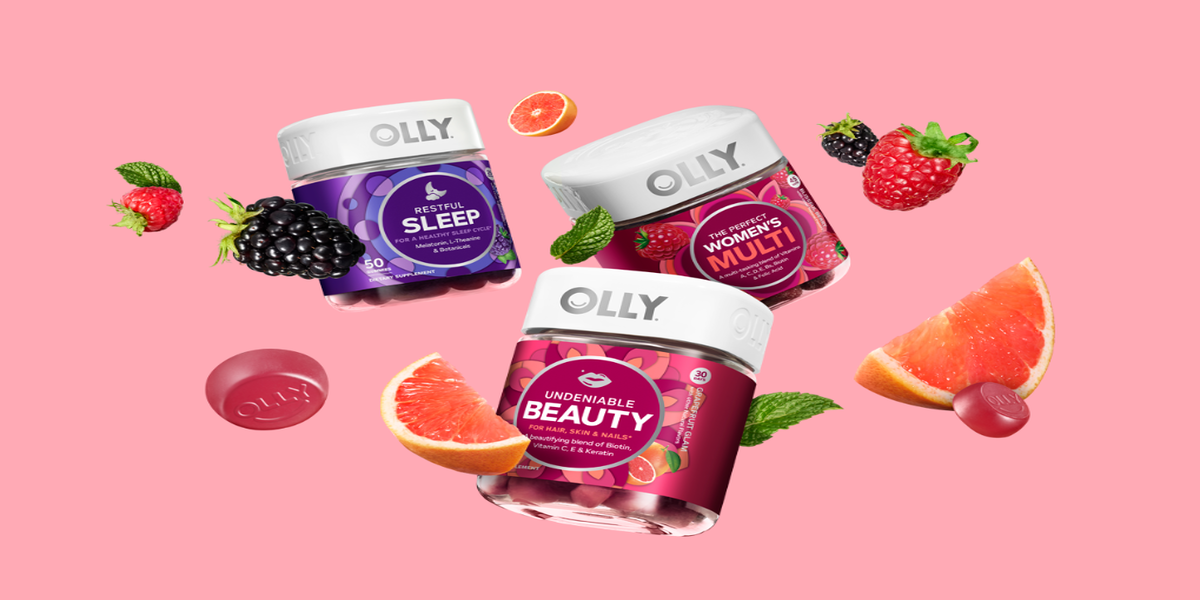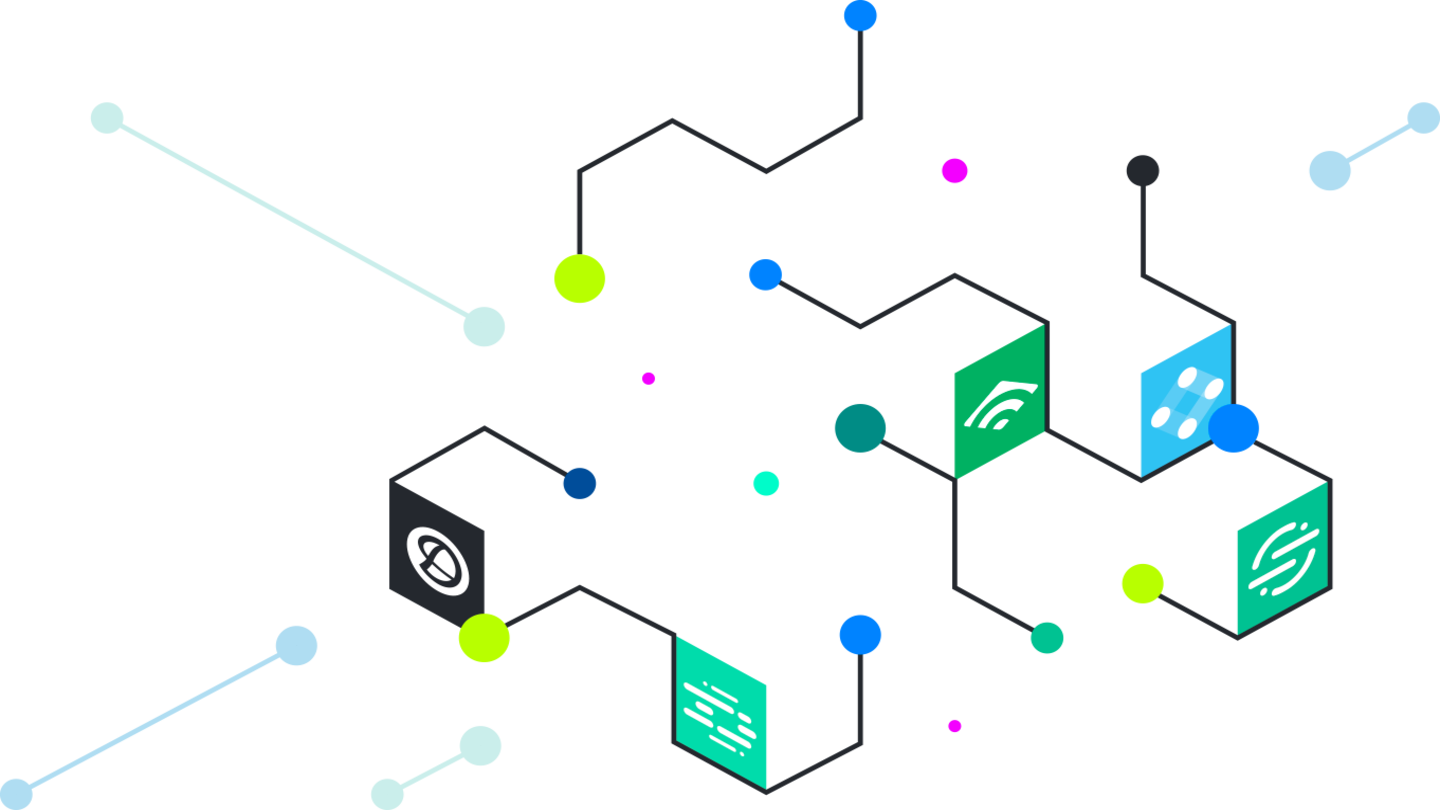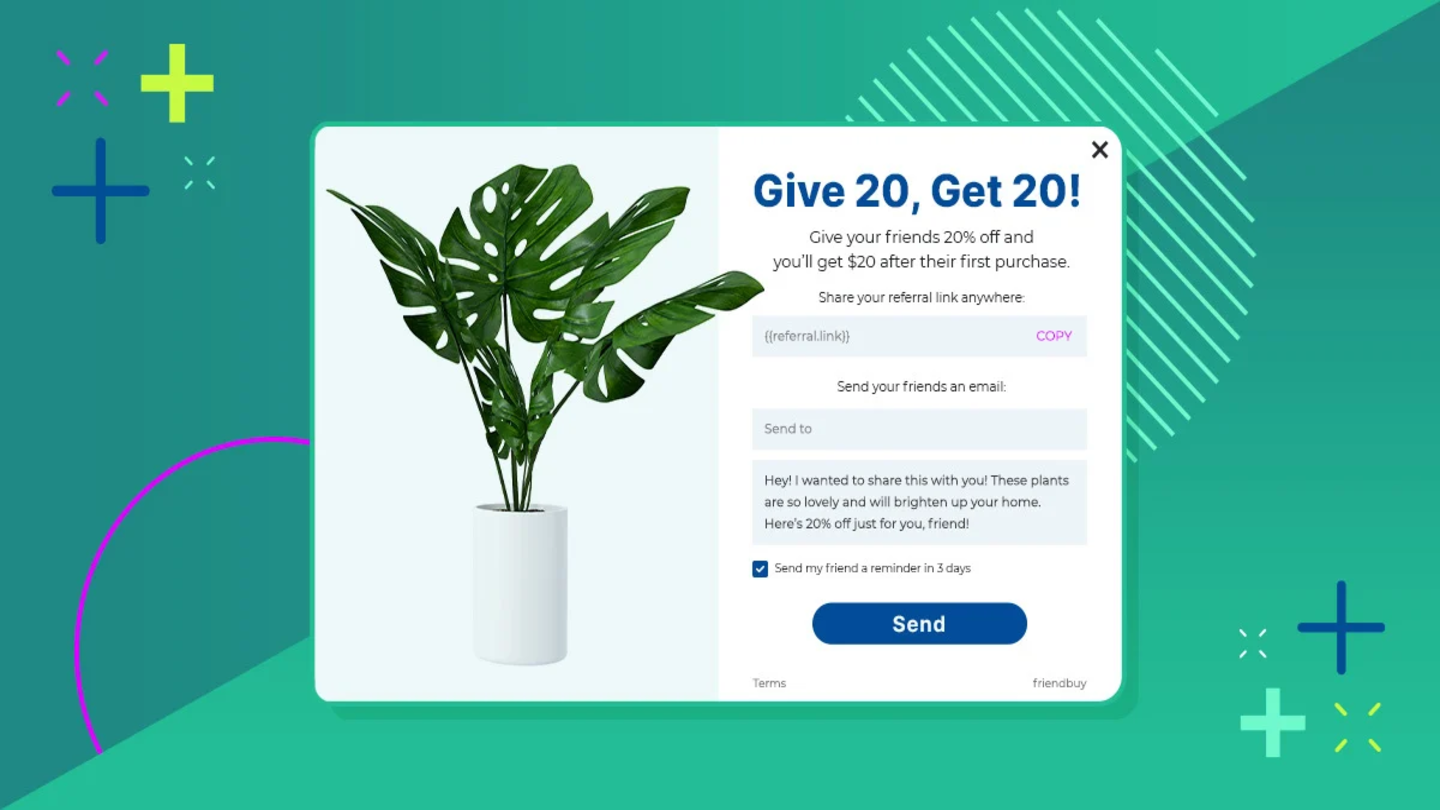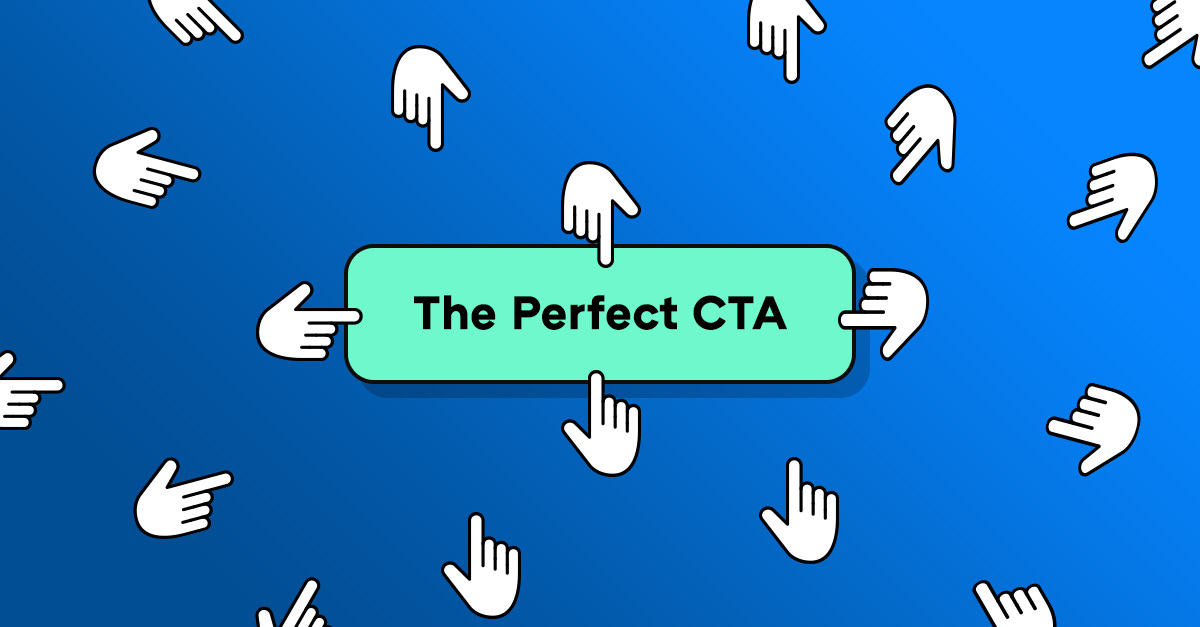Share this article
Table of Contents
Learning how to write a call to action is a powerful business move. To create a powerful call to action (CTA) that appeals to your target audience, you should consider these key factors: identifying language use, placement, and action orientation that best promote your brand's unique products or services.
Using the tips for writing a call to action in this article, I’ll show you
- how to craft compelling headlines,
- use bold colors to grab attention,
- and utilize other tried-and-true techniques to motivate your target audience to take action.
Provoke emotion or enthusiasm
Emotional appeals are powerful marketing tools that tap into our basic desires and motivational tendencies. For this reason, emotional appeals are more effective at influencing behavior than rational arguments.
For instance, a CTA that speaks to a potential customer's sense of curiosity, such as "Discover the secrets to [X]," "Unlock the full potential of [Y]," or “Tell the world,” is effective at capturing their enthusiasm and motivating them to take decisive action.
.png?width=600&height=451&name=meundies%20cta%20(1).png)
Why exactly is this so important?
Well, our own research revealed that appealing to a user’s emotions, like the use of language similar to the examples in the above paragraph, increased call-to-action button clicks by 34 percent.
Further highlighting the power of provoking emotions, research from HubSpot revealed that personalized calls-to-action are 202 percent more effective at securing conversions than generic CTAs.
On the other hand, a CTA that is dull or uninspiring is likely to be ignored or overlooked.
A well-designed CTA can be the difference between a customer taking action or bouncing from your website. So don't be afraid to get creative and tap into your audience's emotions—that’s what converts the best.
Use strong action words
Incorporating strong and compelling action words in your CTAs will motivate your audience to take immediate action.
As will straightforward language.
Concise verbiage makes it easy for users to understand what you want them to do. This clarity will guide your audience toward the desired action.
For example, when crafting a CTA, avoid generic words such as "Submit" or "Order." Instead, incorporate power words such as "Share," "Shop," and "Refer."
.png?width=400&height=463&name=casper%20cta%20(1).png)
Your choice of language should also align with your business' niche and appeal to your target audience for maximum effectiveness.
For example, if a CTA is aimed at budget-conscious customers, it might say "Save Now" or "Affordable Pricing." If the target audience is tech-savvy, businesses can use words like "Upgrade" or "Latest" to appeal to the user's desire for new, cutting-edge technology.
In short, keep it simple and make sure it's appealing. It's all about finding the perfect balance.
Create a sense of urgency
Do you want visitors to take immediate action? Use language that implies a sense of immediacy, like "Now," "Get," and "Today" in your CTAs. These words will guide visitors in the direction you wish them to take while also giving an urgent boost to your message.
For example, a CTA that evokes a sense of urgency or enthusiasm through the use of phrases like “Limited time offer,” “Hurry, only a few left,” or, in the case of the example below, “Don’t miss your chance to get $100” will motivate users to take action.
Why?
They won’t want to miss out on what they perceive as a finite opportunity.
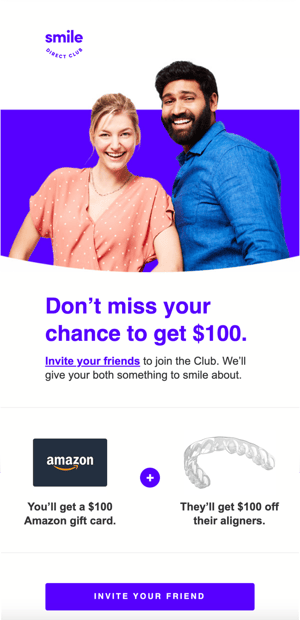
What's more, pairing action-enticing verbiage with attractive visuals will make sure your CTAs really pop.
Like in the SmileDirect example above. The strong copy paired with the visualization of a $100 Amazon gift card + a pair of aligners gets the reader's attention when the words can’t.
Visuals capture website visitors’ attention and provide context for what they should do next. This could be anything from images that reinforce your brand's message or visually appealing designs that draw attention to the copy associated with the CTA.
If done correctly, these two elements help increase conversions and create more value for your business.
Keep your CTA above the fold
When launching a campaign or promotion, keep your call-to-action (CTA) highly visible and easily accessible to your users.
This is particularly important in referral marketing, where impulse referrals—when a customer spontaneously recommends a product or service to their friends or family—are the aim of the game.
You can see one of our customers, Peach & Lily, does this by putting a CTA both in their website banner and front-and-center on their referral landing page.
.png?width=1600&height=759&name=peach%20%26%20lily%20cta%20(1).png)
This is no coincidence; this is one of recommended best practices. It doesn’t just apply to referral marketing, though. The same principles apply to all calls-to-action.
To make your CTAs as influential as possible, they should be placed "above the fold" on your website or referral landing pages. This means a CTA should be visible on the screen without the user having to scroll down past the screen's bottom edge (AKA “the fold”).
Don't make the mistake of burying your referral program's CTA in your website's footer or making it difficult for users to find. The best call-to-actions are placed proudly and prominently, making it easy for users to take action.
Use a call-to-value instead of a call-to-action
Call-to-values (CTVs) are the newest form of influential and impactful CTAs. This type of CTA focuses on the value that customers can expect to receive when they take action and not on the action itself.
Think of it like this: CTVs are like a sales pitch highlighting the benefits and value a customer can expect when taking action rather than just focusing on the action itself.
In other words, a call-to-value includes a value proposition. This statement clearly and concisely communicates the benefits and value that a product or service offers to a potential customer.
For example, instead of simply saying, “An offer just for you,” a call-to-value might sound like:
- “Relish in the peace of mind that comes with (X),”
- “Take control of your future with (Y),”
- “Unlock a world of abundance with the help of (Z).”
Getaway House paints a picture of tranquility and even asks the reader to remember the last time “you got out of the city”.
.png?width=300&height=370&name=getaway%20house%20cta%20(1).png)
This value proposition is a strong one and so Getaway focuses on that. Do what you gotta do to accrue enough credits for your escape and don’t forget about how good it felt.
Then they get to the nitty-gritty of the referral program and use a clear and concise “Start Referring” to seal the deal.
Keep in mind call-to-values should be used where it’s contextually relevant. A statement like “Take control of your future” could be a CTAs headline, while the CTA button should remain concise with language like “sign up now.”
Use “surprise and delight” to get their attention
The "surprise and delight" tactic for a call to action is a popular marketing technique that aims to exceed the expectations of your audience in a positive way. The idea is to offer your audience something unexpected and delightful, which can create a memorable experience that encourages them to take action.
This tactic works because it creates a positive emotional connection with your audience. By providing something unexpected and delightful, you can create a sense of gratitude and reciprocity.
It’s totally a thing. By offering something that makes their moment marginally better than it was moments before, they’ll feel more inclined to do you a favor.
In fact, in this study, entertainment was a leading driving factor in electronic Word-of-Mouth.
So was community driveness.
We love Outdoor Voices *chef’s kiss* masterpiece of a CTA.
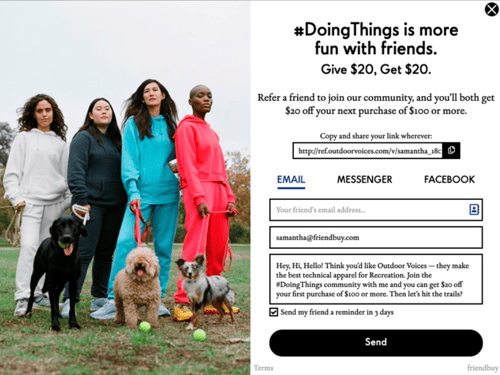
It ticks all the boxes:
✅ Community driven (data-driven conversion tactic!)
✅ Sparks emotions (puppies!)
✅ Focuses on the value proposition (friends!)
So, go ahead. Make them smile or giggle or reminisce about their favorite things for a moment.
Your audience may feel more inclined to engage with your brand, share your content, or take the desired action because they appreciate the positive experience you provided.
Here are some examples of how the "surprise and delight" tactic can be used in a call to action:
- Humorous or Clever Content: Create humorous or clever content that catches your audience off guard and elicits a positive reaction. This could be a funny social media post or a clever advertising campaign that plays with people's expectations.
- Surprise and Delight Gifts: Offer a small, unexpected gift or discount code to customers who make a purchase or take a specific action, such as signing up for a newsletter or following your brand on social media.
- Personalized Experiences: Create personalized experiences for your customers by tailoring your content or services to their interests or preferences. For example, a music streaming service could create a personalized playlist for a user based on their listening history.
- Unexpected Rewards: Surprise your audience with unexpected rewards, such as a free upgrade or access to exclusive content. For example, an airline might upgrade a passenger to first class as a surprise reward for their loyalty.
Overall, the key to a successful "surprise and delight" call to action is to offer something unexpected and memorable that creates a positive emotional connection with your audience. By doing so, you can increase the likelihood that they will engage with your brand and take the desired action.
Need Help Writing Your Call To Action?
Our team of referral and loyalty marketing experts can help you craft the perfect call to action for your referral program or customer loyalty program. We'll even automate the A/B testing so that you can truly find the best call to action for your customers. Contact us today to get started.


